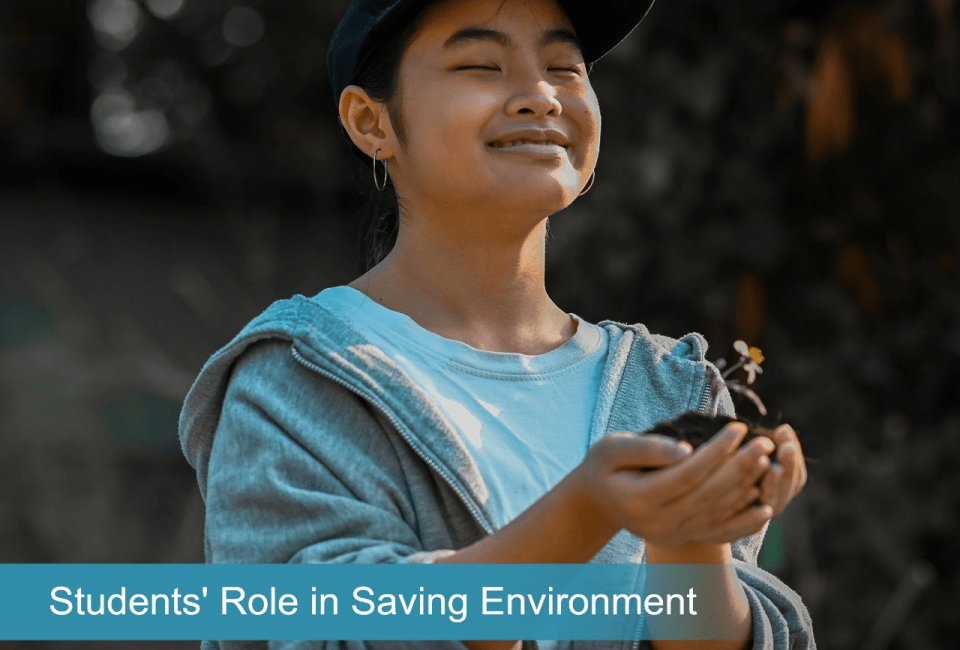
What is Students Role in Saving Environment?
October 14, 2022
Why do you Need a Lightning Early Warning System?
October 14, 2022Climate learning in schools is essential to environmental education, sustainable development, and eco-social competency. In addition, citizenship, human rights, media education, and education on global and future challenges are all closely connected.
Climate learning in schools aims to create a sustainable future, encourage action, and develop influencing skills at the societal and personal levels. It is critical to learn about climate change in depth and modify our next generation’s behaviour. Behaviour refers to an individual’s actions in response to climate change. Many social institutions are creating mitigation and adaptation approaches, and climate education should give at least basic knowledge.
Importance Of Climate Learning in School
Several efforts have been created in recent years to try to mitigate climate change. The 17 Sustainable Development Goals (SDGs) promoted by the United Nations (UN) since 2012 are prominent among them. Climate Action is one of them (No. 13).
The success of these measures is primarily contingent on environmental literacy campaigns among communities that are typically unfamiliar with these significant political accords and the creation of a climate-care culture.
But what do we mean by climate learning in schools? First, educating individuals, particularly youngsters, and increasing their understanding of the causes and implications of climate change.
Indeed, the UN states that “reducing greenhouse gas emissions and formulating effective government policies are just as important as educating and training as many people as possible about climate change” as part of its commitment to climate change education.
Experts emphasize the need to employ previously thought to be reserved for scientists as part of this shift in attitude. Global warming, greenhouse gases, renewable energy, carbon footprint, deforestation, recycling, green jobs, taxation, water footprint, sustainable food, and other issues are also discussed.
Establishing A Culture Of Environmental Stewardship
Besides being acquainted with and using the jargon, experts emphasize the need to educate youngsters about environmental issues and establish a climate-care culture. For instance, a survey by the University of Stanford examined how this topic helped students from nursery school through the end of secondary school, determining that 83% of students improved their environmental behavior.
How can educational training be brought into schools? Several climate change-related activities may be carried out in schools, making it a compulsory subject, with Italy being the only EU country to do so thus far. For example, environmental activities in nature include clean-up operations trips to farms and nurseries to learn first-hand how to care for animals and plants, recycling courses and workshops, and so on.
Numerous technical tools in the market, provide instructors with free instructional resources about the environment — climate change, responsible consumerism, energy, mobility, and so on — that they may use in the classroom with children.
Need For Climate Learning in School
The need for climate education has recently grown for the following reasons:
- Environmental and cultural changes caused by climate change are becoming more apparent worldwide.
- There are several myths and misconceptions concerning climate change.
- Climate change is a ubiquitous topic requiring a multidisciplinary approach, and comprehending it thoroughly necessitates extensive learning abilities.
- Comprehensive learning is not only dependent on defining ideas and memorizing information, but it is also strongly related to predicting the future, comprehending complicated relationships between events, and applying gained knowledge.
EndNote
To fight climate change, Hydenmet is introducing CLASS. Climate Learning and Student Safety, or CLASS, is a STEM program for K-12 schools. This initiative introduces Earth Networks and Davis Instruments technologies to schools. CLASS is a wonderful STEM curriculum for K-12 schools, thanks to GLOBE’s technology and Learning & Research platform.




